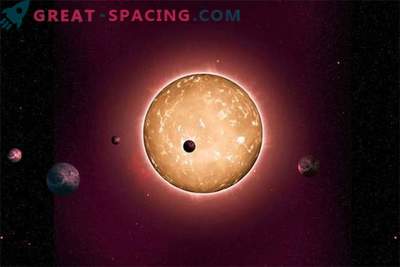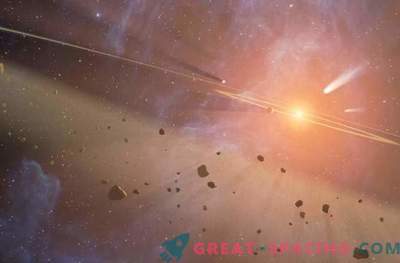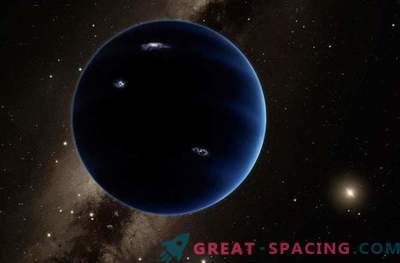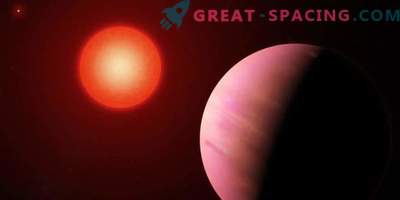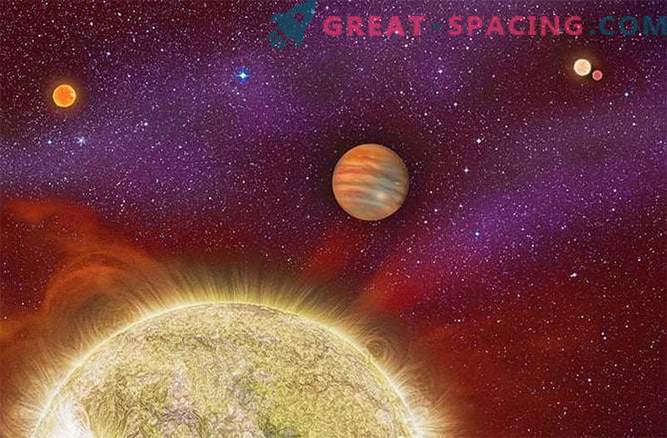
For the second time in the history of astronomy, an exoplanet was discovered, located in an expansive family of four stars.
It was believed that this exoplanet, which is a gas giant 10 times more massive than Jupiter, lives in a triple star system, but recently a fourth star (red dwarf) was discovered in it. Thus, it turned out that quadruple star systems with planets are more common than we thought.
"About four percent of solar-type stars are located in quadruple star systems. This is an order of magnitude more than previous estimates, as observational methods are constantly being improved," said study author Andrei Tokovinin from the Inter-American Observatory Cerro Tololo in Chile.
This quadruple star system is known as “30 Ari” and is located at a distance of 136 light years from Earth. The exoplanet revolves around the main star of the system every 335 days. The main star has its stellar partner, around which the exoplanet no longer rotates, and this pair is connected in an orbital dance with another double star system located at a distance of 1670 astronomical units (a.)

The structure of the star system 30 Ari
The new star was discovered thanks to the Robo-AO adaptive optical system developed by the Inter-University Center for Astronomy and Astrophysics in India, the California Institute of Technology and the PALM-3000 Adaptive Optical System developed by NASA's Jet Propulsion Laboratory in Pasadena, California. The two instruments were combined at the Palomar Observatory in San Diego, California. The discovery of the planet in a system similar to 30 Ari raises several important questions about the formation of planets in complex star systems, and since this system is so remote, astronomers doubt that neither the exoplanet nor its hypothetical satellite system can sustain life.
This is the second time in the history of astronomy, when an exoplanet was discovered in a quadruple stellar system. The first case was recorded in the KIC 4862625 system. The fact that two such systems were discovered hints to us that exoplanets can form in some rather unexpected places.
"Star systems come in different forms. It can contain one star, two, three, or even five stars," said study lead author Lewis Roberts.
As is known, most stars in our galaxy live in multi-star systems and astronomers are currently trying to understand how they were formed. Were they gravitationally related at birth? Or do they capture each other while traveling along the Milky Way?


